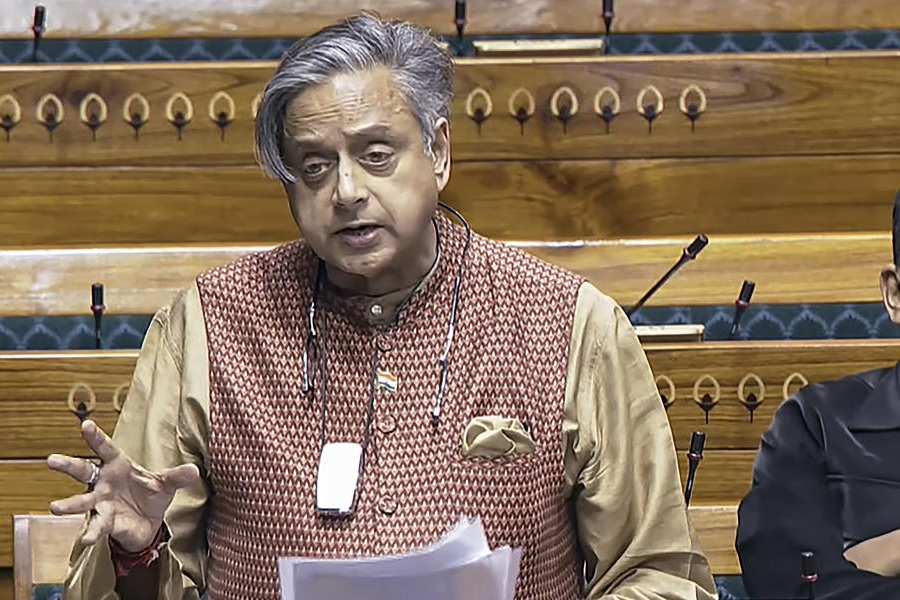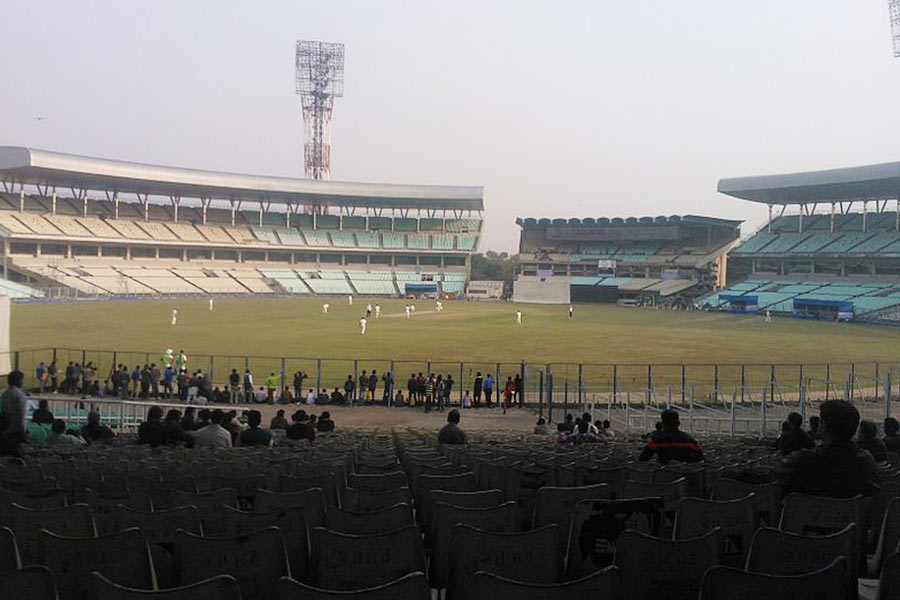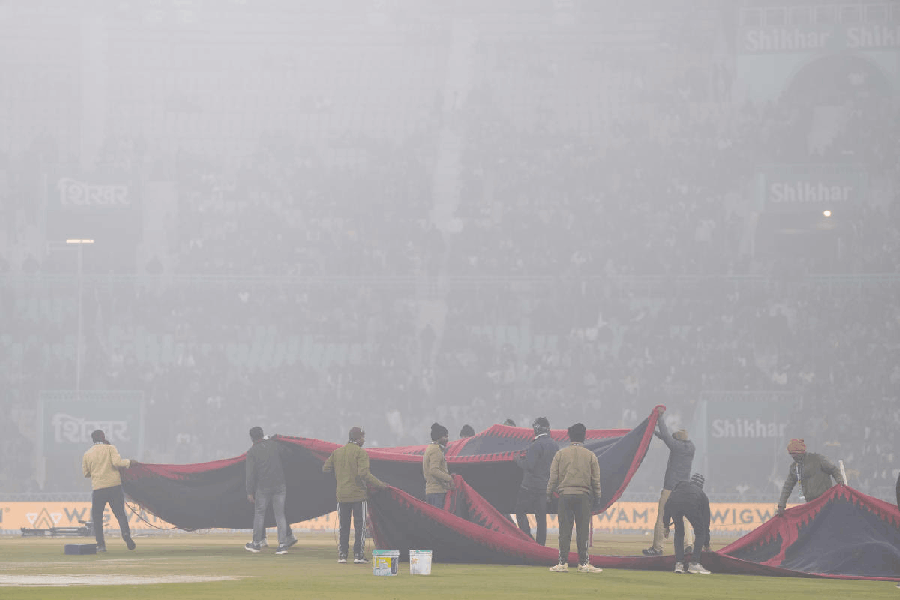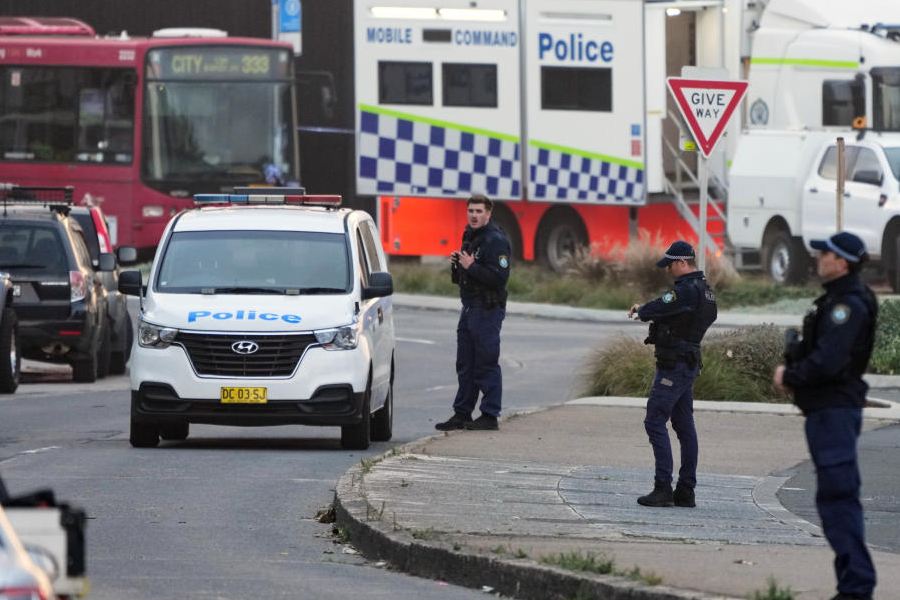 |
| Naomi Watts |
A Naomi Watts character is taking it easy, and that seems weird. In the first scenes of The Impossible, Watts is on vacation with her movie family, poolside at a tropical Thai resort. But within seconds the sky darkens, and the devastating Indian Ocean tsunami of 2004 churns up the landscape like an electric mixer.
Now Watts is bloodied and bobbing in a rush of water, clinging to a tree, hand extended in the chaos to her battered adolescent son. Ahh — that’s more like it. You expect harrowing from Naomi Watts, not lounging by the pool.
Her characters are often bruised, writhing, breaking or broken, sometimes emotionally, sometimes literally. In 21 Grams she’s a drug-addled widow. In Funny Games, she battles preppy psychopaths attacking her family. In The Ring, a waterlogged demon child slimes her. King Kong is hardly a rom-com. Even Nicole Kidman, Watts’s good friend and perhaps the only working actress of their generation who lands as many substantial lead roles, has a Bewitched or two on her resume. A rare patch of professional lightness for Watts in the last decade is the Merchant-Ivory film Le Divorce.
“These are the stories worth telling, stories that live beyond the moment,” she said recently in a hotel room in Toronto. “I’m thankful that I’m in a position where I can work with directors with intense vision and passion.”
‘I’m afraid of everything’
In person, Watts, 44, small and pretty, exudes a fluttering, warm energy. With her shoes kicked off and her bare feet tucked under her on the sofa, there was no sign of the signature toughness.
“I’m afraid of everything,” she said laughing. “I fear for my kids’ safety all the time. One of the most ridiculous things I fear — why did I choose this profession? — is judgement. But I try to identify my fears, so I can move through them.”
She said this was part of her attraction to The Impossible, a disaster film that digs into parents’ primal anxiety: separation from their children. It’s based on a true story about a vacationing Spanish family (British in the film) searching for one another in the days after the tsunami.
Summit Entertainment is releasing The Impossible, directed by J. A. Bayona in the Christmas season, signalling the studio’s Academy Award-size expectations. She earned an Oscar nomination for 21 Grams. And in 2009, Forbes listed her as the actress who gives producers the best return on the dollar: $44 for every $1 she’s paid (thanks largely to King Kong and the Ring franchise).
The Insider-outsider
But Watts says that she is rarely recognised, unless she leaves her Manhattan home with the actor Liev Schreiber, her partner and father of her two sons, Sasha, 5, and Kai, 3. “Liev’s the problem,” she said. “I go so under the radar. I think I just look really different in life. People expect movie stars to look like movie stars.” She paused. “I shouldn’t have said it like that.”
Her insider-outsider status is part of what made Bayona court her for the role of Maria Belon, the determined mother at the centre of The Impossible. Bayona, a Spanish director whose only other feature is The Orphanage, said he had pictured Watts in the lead from the early stages of development. “I see her as far away from the Hollywood atmosphere,” he said. “She’s more of an independent actress. I was looking for that intimacy.”
The seven-month shoot went from Spain, where Watts spent weeks in a giant tank (and fighting off a chest cold), to Thailand, where evidence of the disaster was still visible. Watts said she saw empty lots and an upturned fishing boat high on dry land. Local people worked as extras, sharing firsthand survival stories.
‘Beautiful and ugly’
Ewan McGregor plays Watts’s husband in The Impossible. The pair also worked together in the little-seen 2005 film Stay, and have an easy rapport. They improvised much of the couple’s pre-tsunami dialogue. “There’s something very straightforward with Naomi,” McGregor said. “She doesn’t play any games.”
About The Impossible he said: “From eight minutes into it she’s injured and in shock, and stays that way. I’ve seen it two-and-a-half times, and I still wonder how she managed to weave such variety and shade into something that could have been a one-note performance — fright and pain.”
Yet for many years the calibre of Watts’s work didn’t matter. She was just one of the hordes of marginal actors slogging away in commercials and in small parts in films like Children of the Corn IV. She said she remembered auditioning for a famous director whom she won’t name, and noticing he had fallen asleep.
“There were many times during the 10 years where I was getting evicted and had no health insurance, and I’d think, ‘It’s time to plan another life,’” she said. “But acting is what I loved. It was what I was interested in. I didn’t know how to give it up. I liked yoga, travel, children. What was I going to do? Marry a rich husband?”
When David Lynch saw Watts’s photo in a stack of head shots during casting for his 2001 psychosexual-house-of-mirrors drama Mulholland Drive, he was struck by her eyes, he said in a phone interview. She got the lead, and the film was a sensation at Cannes. Watts was 32. “She has a face that can be both beautiful and ugly and all that’s in between,” Lynch said.
‘Gentle but also feisty’
Watts was born in the small town of Shoreham, in southeast England. Taking her mother’s lead, she appeared in community theatre productions from the age of four or five. Her brother, Ben Watts, a photographer, described a family photo of the young Naomi up high in a tree, looking down and grinning at the big brother who couldn’t climb as high. “She’s always been incredibly competitive and driven. She is gentle, but she’s also feisty as hell.”
Watts’s parents split when she was four, and she was seven when her father, a road manager for Pink Floyd, died, reportedly of a drug overdose. She returned obliquely to his death often, mentioning that her greatest fear for her young sons is that they’ll lose a parent. “I guess what I’m trying to do in everything is recreate the family experience that perhaps I missed out on with the missing parent.”
Watts’s childhood became peripatetic, as her mother moved around England and Wales, looking for work as a window decorator and set designer. There wasn’t a lot of money. “It never leaves you,” Watts said. “It’s in me to not waste food. It’s in me to eat leftovers. It’s in me to keep the heat in and shut the door.”
When she was 14, the family moved to Sydney, Australia. In an email, Kidman wrote of her first recollection of Watts: “I thought she was so pretty! That was when we all used to go to The Oaks (pub), and drink, underage... we were out of control.”
Kidman sees Watts’s on-screen intensity as distinct from her off-screen self, a mimic who cracks up dinner parties. “It would be amazing to see her tap into that comedian side,” Kidman wrote, adding that they two are looking for a project to do together.
‘Protected by my work’
Watts is the rare actress who seems to be finding better parts as she ages. “The roles are more interesting, because I’m playing women who have lived through experiences I’m no longer the cute thing on somebody’s arm.”
After the Toronto festival, Watts was headed to England and Mozambique to complete Diana, a film about the final years of Diana, Princess of Wales. The key to her performance, Watts said, was in the eyes. Playing a person who exists in the imagination of the entire world is a different kind of harrowing from a tsunami, but Watts is eager to stare down yet another fear.
“I just feel protected by my work somehow. I feel it’s my way to express myself. I’m not very good at it, or at ease with it in my life. I don’t know why. I feel safer telling it through the story of someone else.”










